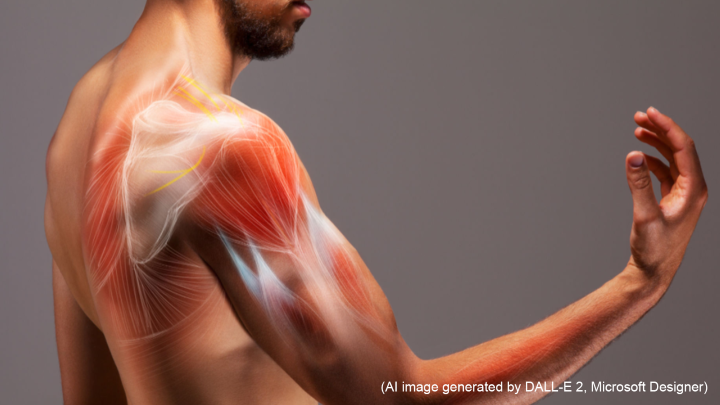Highly rated article

2022.03.31 12:18
#0001 Effective Workplace Communication and Lower Psychological Distress after a Disaster
Effective strategies to manage work-related stressAfter the Great East Japan earthquake hit the Fukushima Daiichi Nuclear Power Plant in 2011, many residents from nearby municipalities were evacuated to areas designated by the Japanese government. Some of these people, however, were temporarily allowed to return for work purposes. However, in the aftermath of the disaster, the workers faced an increased risk of mental distress. To this end, researchers dug deeper into effective strategies to manage work-related stress in the wake of a disaster.Previous studies have shown that effective workplace communication can lower distress among workers in regular circumstances. In this study, the researchers investigated if the same can be said of workers working in evacuated areas after a disaster. They also compared the workplace and living environments of workers from evacuated areas with those of workers from a non-evacuated region.
22
























































